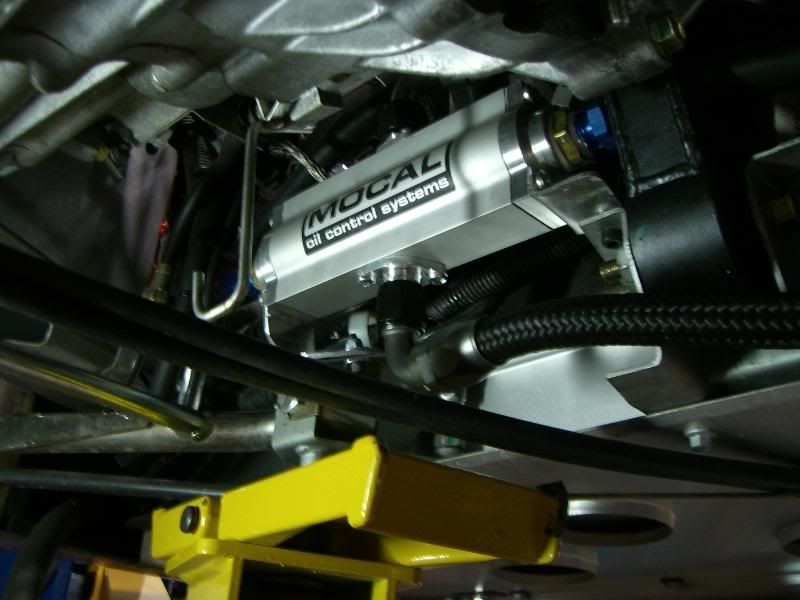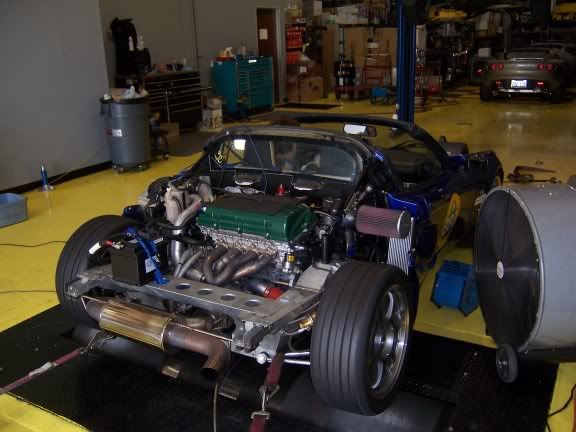Anyone logging/monitoring your oil temps? Please post your findings....
I've always thought it odd that we have like 25 feet of oil cooling lines and two, relatively huge oil coolers up front in a car that's already fairly well liquid cooled (these things never run hot).
Intuitive drawbacks to our oil system is that we surely get a nasty pressure drop in oil pressure across the 25 foot hose section, our oil takes "forever" to warm up, and perhaps our oil doesn't get hot enough to do its job effectively (recall that cold oil puts excess pressure on parts and does not lubricate as well as hot oil.... to a point anyway...).
So what were the Lotus engineers thinking here? Was all this cooling really needed? Is our oil cooling system over engineered to the possible detriment of the engine from the excess in hoses and heat exchangers? Any chance the slow warming oil is part of the reason we have cam issues where the celica guys do not?
The TRD oil cooler for the 2zz uses engine coolant to cool the oil, which is typical of OE oil coolers. These coolers warm up the oil faster (at a similar rate that the coolant warms obviously) yet, they still typically keep oil in that magic 200-220 degree range where oil typically works best... Another interesting thing about the coolant driven oil coolers is that don't need 25 feet of hose to work, just about 2 feet!:up:
I'm clearly thinking outloud here and tossing around some ideas about changing the OEM oil cooling system...
Best,
Phil
I've always thought it odd that we have like 25 feet of oil cooling lines and two, relatively huge oil coolers up front in a car that's already fairly well liquid cooled (these things never run hot).
Intuitive drawbacks to our oil system is that we surely get a nasty pressure drop in oil pressure across the 25 foot hose section, our oil takes "forever" to warm up, and perhaps our oil doesn't get hot enough to do its job effectively (recall that cold oil puts excess pressure on parts and does not lubricate as well as hot oil.... to a point anyway...).
So what were the Lotus engineers thinking here? Was all this cooling really needed? Is our oil cooling system over engineered to the possible detriment of the engine from the excess in hoses and heat exchangers? Any chance the slow warming oil is part of the reason we have cam issues where the celica guys do not?
The TRD oil cooler for the 2zz uses engine coolant to cool the oil, which is typical of OE oil coolers. These coolers warm up the oil faster (at a similar rate that the coolant warms obviously) yet, they still typically keep oil in that magic 200-220 degree range where oil typically works best... Another interesting thing about the coolant driven oil coolers is that don't need 25 feet of hose to work, just about 2 feet!:up:
I'm clearly thinking outloud here and tossing around some ideas about changing the OEM oil cooling system...
Best,
Phil







